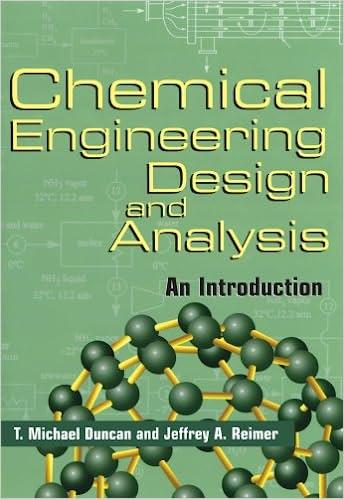This module aims to teach you to break down many engineering or everyday life processes into smaller problems. Models can then be created based on conservation of mass, momentum and energy (heat). Cancer treatment is a very important area in healthcare. Since treatment is typically quite aggressive it can have negative side effects on healthy body cells as well. It is therefore important to find the appropriate treatment that reduces tumour or cancer cell growth, whilst minimally damaging healthy tissues/cells. This is an area where modelling can help predict the effects of treatment. Tumour growth, chemotherapy and thermal ablation can all be described using ODEs derived from conservation laws. Derive the equations systematically starting from a basic conservation law. Don't get distracted by the many things going on or the biomedical/biochemical nature of the processes, but subdivide the bigger process into smaller processes. Don't focus just on the maths, but think if the equations make sense from a physical point of view. Look at the theory in the lecture notes in combination with the examples done in class. However, don't learn by heart because these questions are significantly different from anything done before (although the underlying concepts are not). And probably most importantly: Constantly check your units!! Assume a spherical tumour of varying volume, V(t)[m3]. The tumour will grow through cell proliferation solely on the outer surface of the tumour as the cells inside don't have the space for cell division. The tumour therefore grows at a rate of volume change per area, [m/s]. The cells are densely packed at all times without any space between them. The density of the tumour is constant, [kg/m3]. All cells have a finite life cycle and will die at a constant rate in a process called apoptosis. This happens throughout the entire tumour and, hence, this is described through the rate of change of tumour volume per amount of tumour volume, [s 1]. The human immune system can target the cancer cells on the outer surface of the tumour through cell-mediated responses. T-cells will attack and kill the cells on the outer surface of the tumour at a rate of volume change per area, [m/s]. For imaging purposes, a contrast agent is injected in an artery that leads directly to the tumor. However, the concentration of contrast agent reduces as it diffuses through the arterial wall (thickness wa [m]) according to Fick's law. The diffusivity is Da [m^ 2/s] and the wall thickness wa. Note that the concentration in the wall can be assumed 0 at all times. Assume that the artery is a straight, rigid tube with length L[m] and radius ra [m] and that the uniform velocity of the blood, v[m/s ], can be assumed constant. Assume that the contrast agent is perfectly mixed in radial direction at all times and that axial diffusion is negligible. (a) Derive an ODE describing how the concentration of the contrast agent, Cca[mol/m3] reduces as it moves in the axial direction (use axial coordinate z [m]) through the larger vessel







